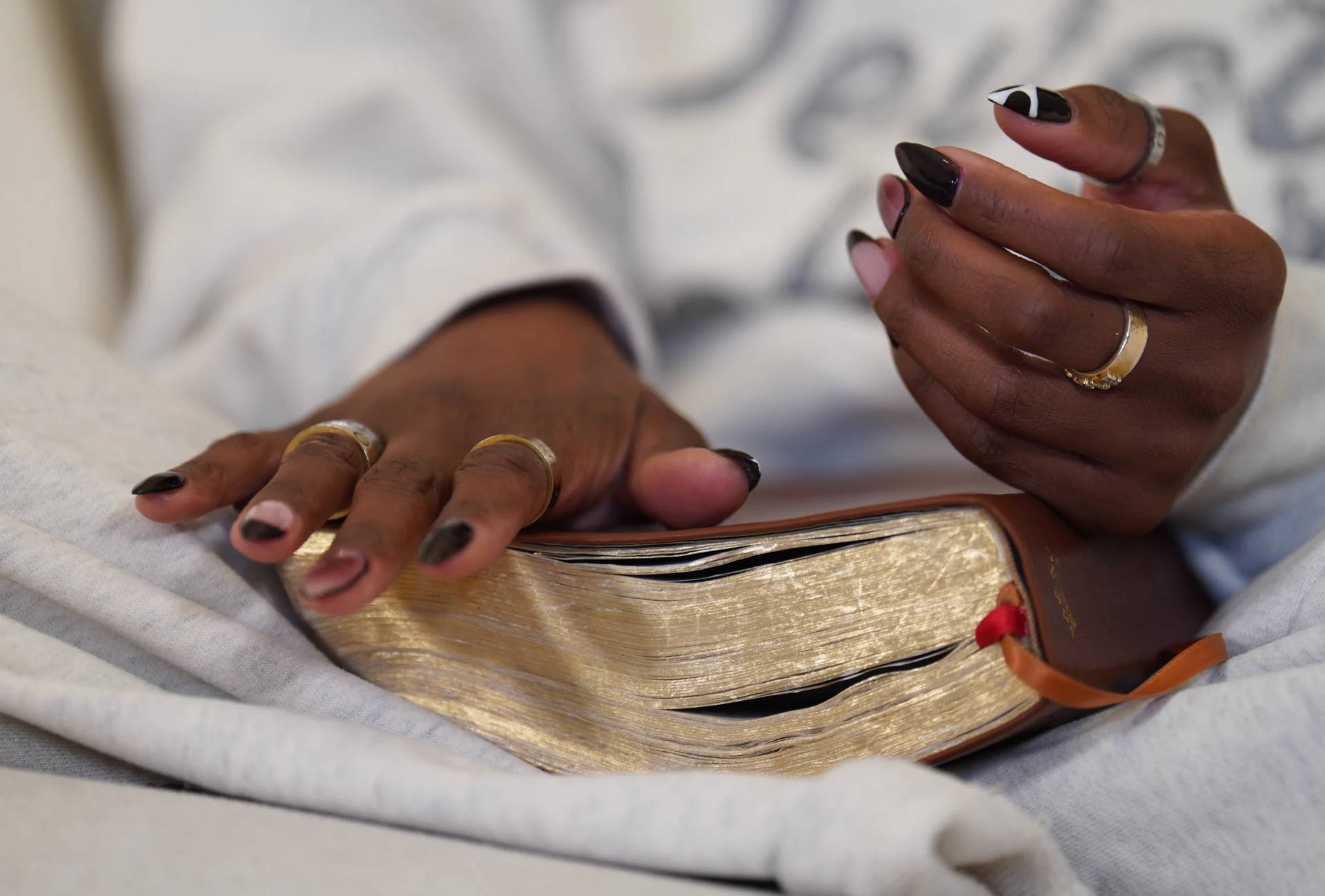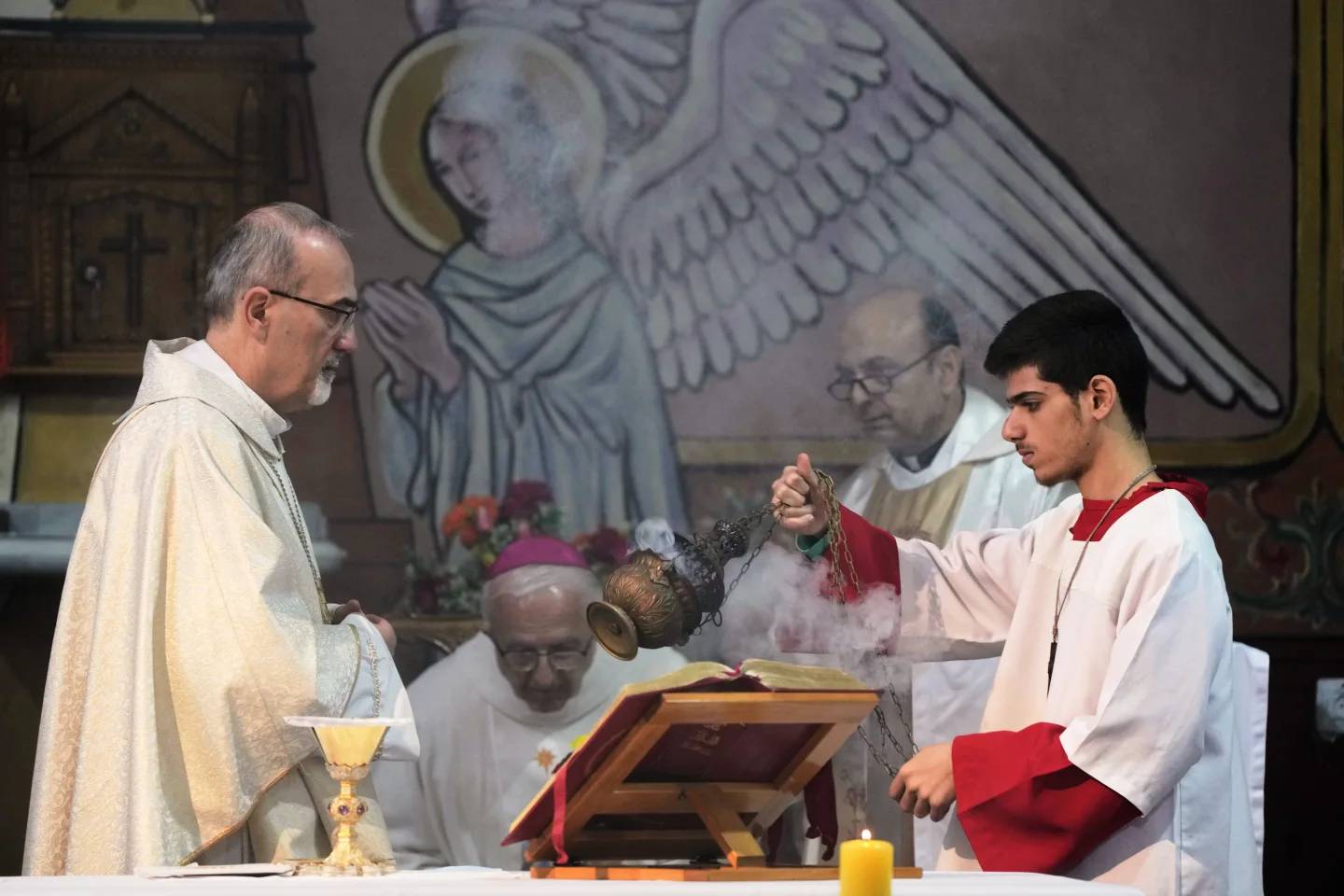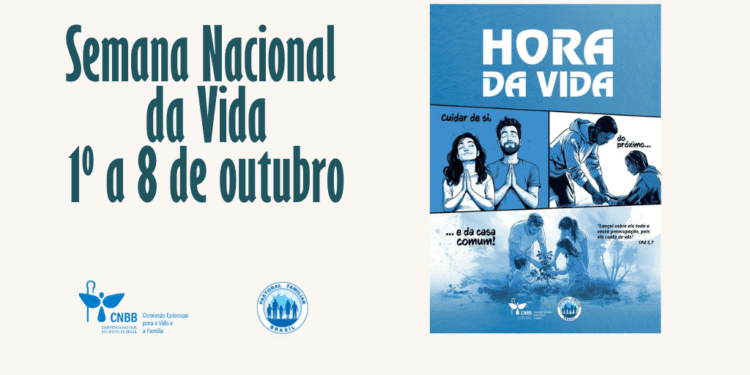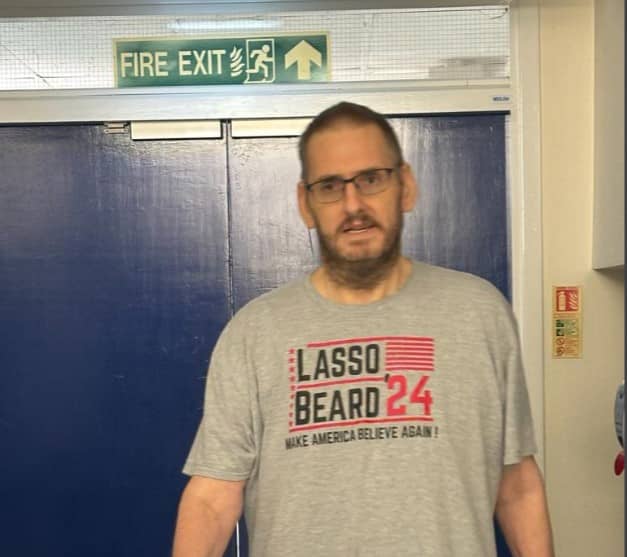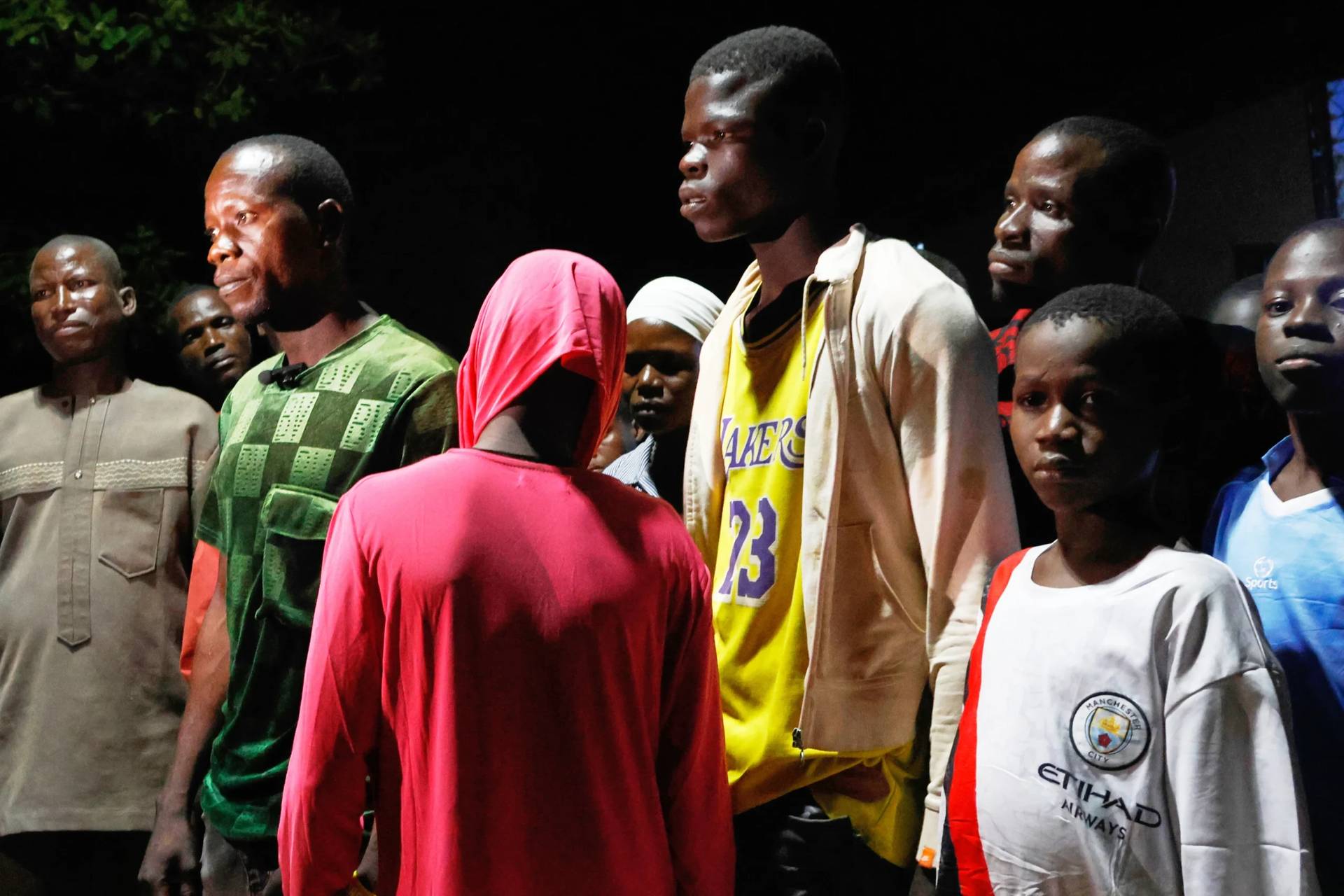The following excerpts are from “The American Catholic Almanac: A Daily Reader of Patriots, Saints, Rogues, and Ordinary People Who Changed the United States” by Brian Burch and Emily Stimpson, being published Sept. 30 by Image, the Catholic division of Penguin Random House.
August 1: The Most Dangerous Woman in America
Before Mother Jones was a news magazine, she was a teacher, a dressmaker, a union leader, a strike organizer, an occasional Socialist, and a self-proclaimed “hell-raiser.” She also was a pro-life Catholic, baptized Mary Harris on August 1, 1837, who believed women belonged at home with their children and that the suffrage movement was foolishness itself. “You don’t need the vote to raise hell,” she once proclaimed.
A native of Ireland, Harris immigrated to Canada as a teenager. She then moved south to teach at a Catholic school in Michigan and eventually settled in Memphis as the bride of Mr. George E. Jones. Life for Mrs. Jones was nothing but ordinary until 1867, when yellow fever killed her husband and four children. After that, she moved to Chicago and opened a dress shop, only to lose it in the Great Chicago Fire of 1871.
From that point forward, Jones devoted her life to improving the working conditions of America’s laborers. Urging people to “Pray for the dead and fight like hell for the living,” she led strikes and planned marches that championed eight-hour work days, the end of child labor, fair pay for workers, and safer mines and factories.
Standing barely 5 feet tall and always dressed in widow’s black, Jones grew old fighting unjust labor practices. By the time she was 60, the country knew her as Mother Jones, a persona Jones carefully cultivated, knowing it worked in her favor.
But those who opposed her weren’t fooled. As a West Virginia prosecutor once said of Jones in court, “There sits the most dangerous woman in America . . . She comes into a state where peace and prosperity reign . . . crooks her finger [and] twenty thousand contented men lay down their tools and walk out.”
Jones continued raising hell until 1930, when at the age of 93, shortly after receiving Last Rites, she passed away.
September 4: The Grunt Padre
The attack came before dawn on September 4, 1967, while most of the 1st Battalion 5th Marines’ Delta Company still slept. The evening before, the Americans had set up a nighttime defensive perimeter, but with 2,500 North Vietnamese soldiers aligned against them, it didn’t help. D Company was outnumbered and outgunned.
The battle raged for hours. The gunfire was relentless. So too, however, was the D Company’s chaplain, Father Vincent Capodanno.
Under heavy artillery fire, the Staten Island native administered Last Rites to the dying and pulled the wounded to safety. The injured men were heavy, but Father Capodanno had grown accustomed to carrying heavy loads.
For the past 17 months, ever since he had arrived in Vietnam, the former Maryknoll missionary had carried his own gear — over 40 pounds’ worth — through the Vietnamese jungles, where temperatures regularly climbed to 125 degrees. Capodanno could have handed off his burden to another Marine, but he didn’t think his priesthood should exempt him from the trials his men faced. That’s why the Marines called him “The Grunt Padre.” And that’s why, when battle began on September 4, he didn’t retreat to safety.
As the morning progressed, Capodanno’s decision to remain in the thick of the fighting earned him shrapnel wounds in the right arm, hand, and leg. But he refused medical attention and went on administering Last Rites with his one good hand. Nothing seemed to stop him.
Then, something did.
Hours into the battle, Capodanno spotted a wounded Marine pinned down yards away from a machine gun. Venturing forward was a risk. Capodanno took it. He made it safely to the Marine’s side, but as soon as he did, the enemy soldier manning the gun opened fire. The 38-year-old priest died instantly.
Capodanno was posthumously awarded the Medal of Honor, the Purple Heart, and the Bronze Star, and in 1971, the U.S. Navy named a ship in his honor, the USS Capodanno. It later became the first American ship to receive a papal blessing.
Father Capodanno’s cause for canonization opened in 2002.
October 29: New York’s French Bishop
Father John Dubois needed to leave France. Radical revolutionaries, including his former classmate Maximilien de Robespierre, were out for Catholic blood, and the 26-year-old Dubois risked death if he stayed. Fortunately, Dubois had powerful friends who smuggled him onto a ship bound for America.
When Dubois arrived in Norfolk in 1791, he brought with him a letter of recommendation from the Marquis de Lafayette. That won him the immediate friendship of Virginia’s governor, Beverley Randolph, who allowed Dubois to celebrate Mass in the State House, and Patrick Henry, who taught him English. A year later, Bishop John Carroll sent Dubois to Frederick, Maryland. His new mission territory reached from Frederick to St. Louis, Missouri.
During those early years, Dubois’ energy was legendary. One story tells of his hearing confessions until 9 p.m., riding 50 miles and swimming the Monocacy River twice to administer Last Rites, and still arriving back at his parish in time for 9 a.m. Mass.
By 1807, however, Dubois’s missionary days were over. That year, he bought land in Emmitsburg, Maryland, and opened Mount St. Mary’s College. Dubois believed he would spend the rest of his life at the Mount. Rome thought differently.
On October 29, 1826, Dubois became the third bishop of New York. Unfortunately, his mostly Irish flock didn’t want a French bishop, and parish trustees thwarted him at every turn, refusing to pay priests he recruited and firing teachers he hired. When they refused to pay him, Dubois replied, “I am an old man, and do not need much. I can live in a basement or in a garret. But whether I come up from the basement or down from the garret, I shall still be your bishop.”
Dubois’ troubles continued through the 1830s, when Nativists burned his seminary and threatened his cathedral. Finally, before his death, in 1842, he asked to be buried under the sidewalk at the entrance to Old St. Patrick’s Cathedral, in New York, so that “people could walk on me in death, as they did while I was living.”
His flock complied.
Brian Burch is the president of CatholicVote.org, a nonprofit political advocacy group based in Chicago. Emily Stimpson is a Catholic writer based in Steubenville, Ohio, and the author of “The Catholic Girl’s Survival Guide for the Single Years” and “These Beautiful Bones: An Everyday Theology of the Body.”
Excerpted from The American Catholic Almanac by CatholicVote.org Education Fund Copyright © 2014 by CatholicVote.org Education Fund. Excerpted by permission of Image Books, a division of Penguin Random House, Inc. All rights reserved. No part of this excerpt may be reproduced or reprinted without permission in writing from the publisher.







